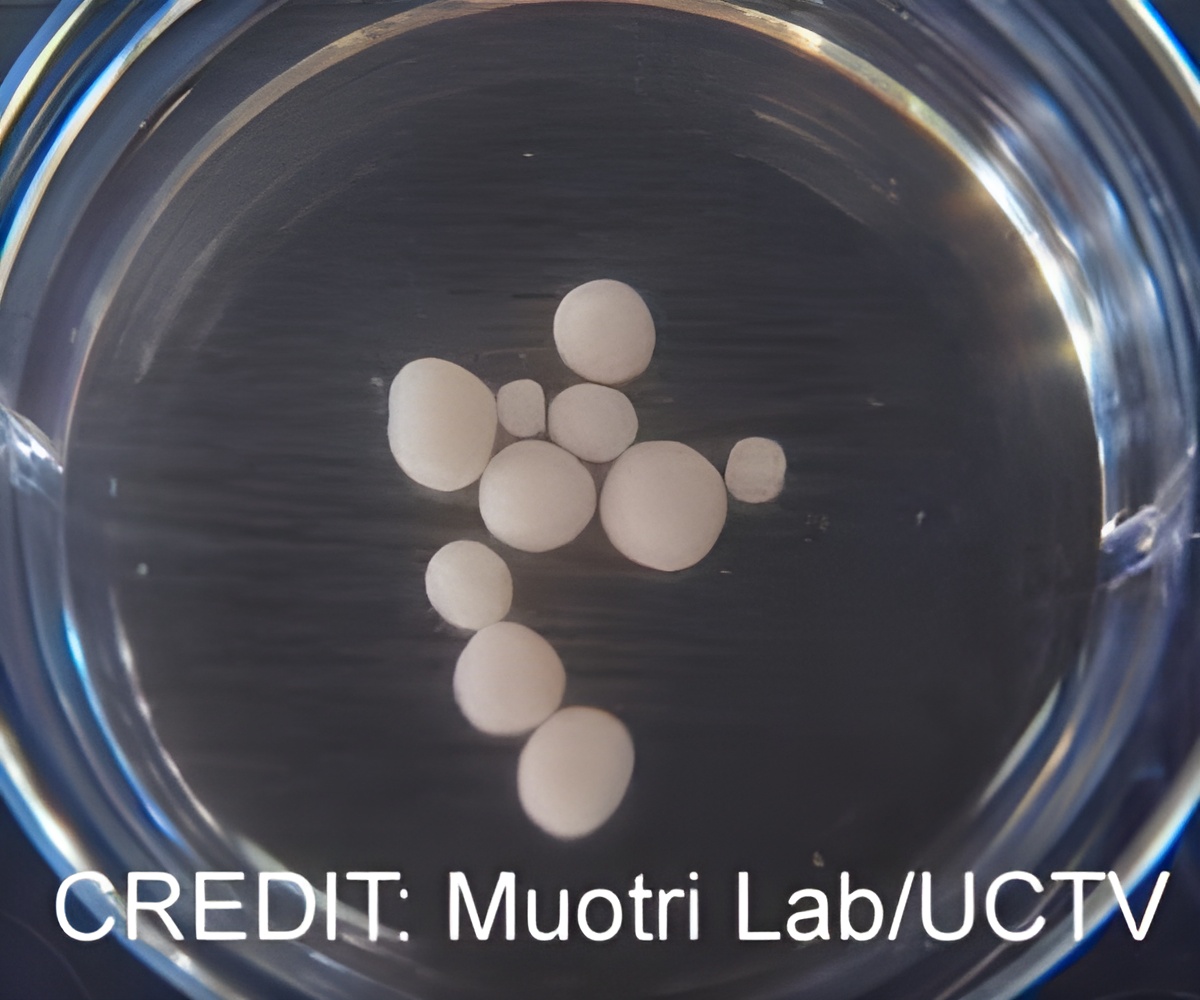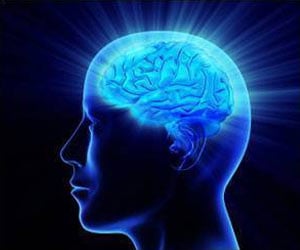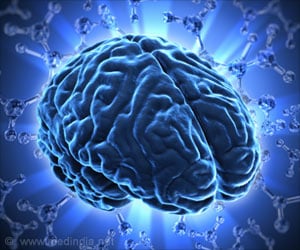
‘Human-like brain waves have been detected for the first time in lab-grown 'mini brains.' The organoids formed networks and produced electrical activity resembling that of premature babies (6 to 10 month-old infants).’
Tweet it Now
"The level of neural activity we are seeing is unprecedented in vitro," says Alysson Muotri, a biologist at the University of California, San Diego. "We are one step closer to have a model that can actually generate these early stages of a sophisticated neural network."The pea-sized brains, called cerebral organoids, are derived from human pluripotent stem cells. By putting them in culture that mimics the environment of brain development, the stem cells differentiate into different types of brain cells and self-organize into a 3D structure resembling the developing human brain.
Scientists have successfully grown organoids with cellular structures similar to those of human brains. However, none of the previous models developed human-like functional neural networks. Networks appear when neurons are mature and become interconnected, and they are essential for most brain activities.
"You can use brain organoids for several things, including understand normal human neurodevelopment, disease modeling, brain evolution, drug screening, and even to inform artificial intelligence," Muotri says.
Muotri and colleagues designed a better procedure to grow stem cells, including optimizing the culture medium formula. These adjustments allowed their organoids to become more mature than previous models. The team grew hundreds of organoids for 10 months and used multi-electrode arrays to monitor their neural activities.
Advertisement
"This is a result of having more functional synapses, and you are forming more connections between the neurons," Muotri says. The interactions between neurons contribute to signals at various frequencies, he says.
Advertisement
The algorithm was able to predict how many weeks the organoids have developed in culture, which suggests these organoids and human brain share a similar growth trajectory. However, it's not likely these organoids have mental activities, such as consciousness, Muotri says.
"The organoid is still a very rudimentary model--we don't have other brain parts and structures. So these brain waves might not have anything to do with activities in real brains."
"It might be that in the future, we will get something that is really close to the signals in the human brains that control behaviors, thoughts, or memory," Muotri says. "But I don't think we have any evidence right now to say we have any of those."
Looking forward, the team aims to further improve the organoids and use them to understand diseases associated with neural network malfunctioning, such as autism, epilepsy, and schizophrenia.
"As a scientist, I want to get closer and closer to the human brain," Muotri says. "I want to do that because I see the good in it. I can help people with neurological conditions by giving them better treatments and better quality of life. But it's up to us to decide where the limit is. It might be that the technology is not ready yet, or we don't know how to control the technology. This is the same kind of discussion around CRISPR in babies, and that's why we have ethics committees to represent all parts of the society."
Source-Eurekalert













